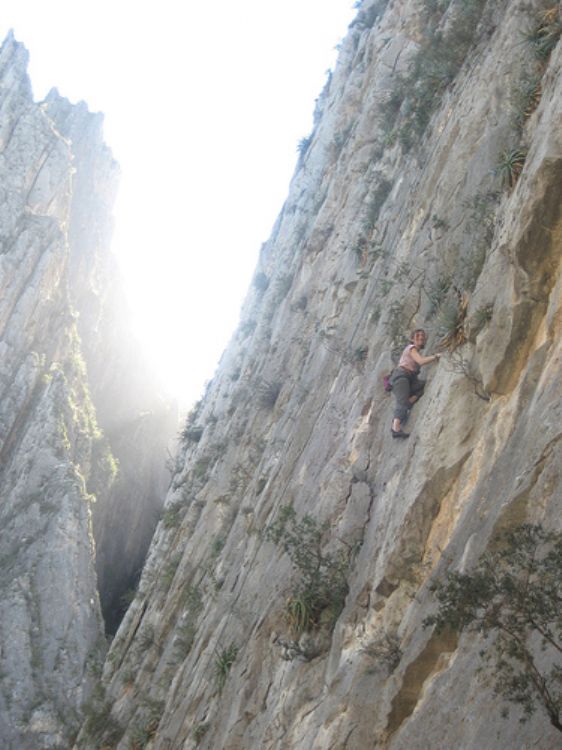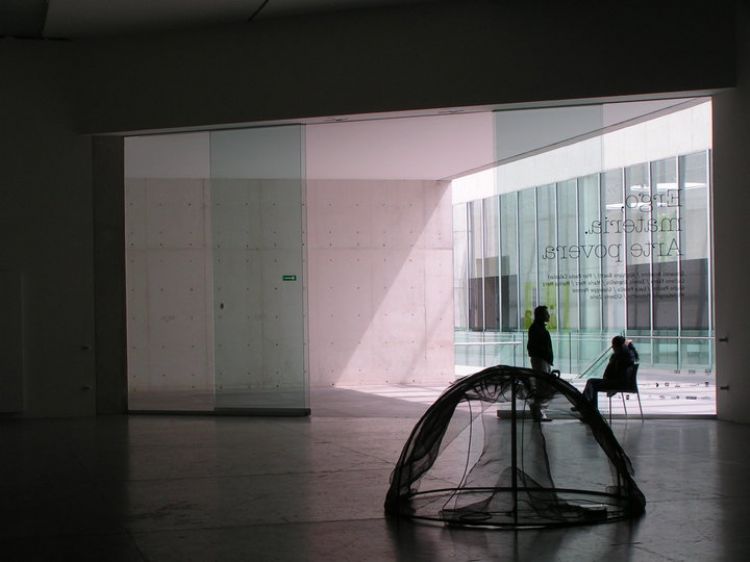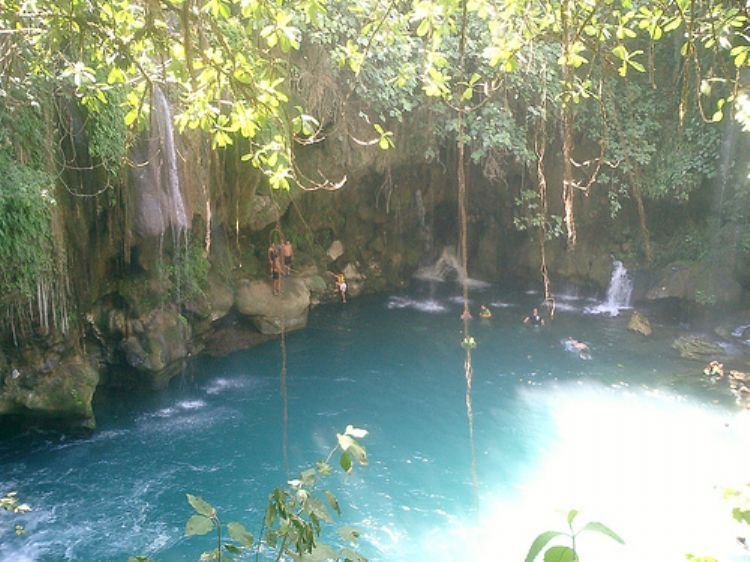
There are many places in Mexico where you can practice th...

Mil Piedras or "A Thousand Stones", is the name of this series of paintings engraved on rock and located in caves within the state municipality of Mina, and dating as far back as 665 to 1350 B.C., which makes them some of the oldest human traces ever found on Mexican soil, and represent evidence of the crossing through the region of ancient nomadic civilizations.
As the Spaniards invaded Mexican land, some of the colonizers actually spent some time observing and documenting the customs and habits of the local natives, becoming so the chroniclers of the time, and naming the tribes and communities according to physical features, tattooing, dialects and so on. It was them who in fact gave the generic name of Chimichecas to all mobile tribes of northern Mexico.
Alonso de Leon is one of those chroniclers settled in the area of Nuevo Leon during the middle of the XVII century.
Some of those numerous ethnic groups which inhabited the state include the azalapas and catujanes in the north ; negritos and gualaguises in the south; gualiches and ayancuaras in the central zone; borrados in the east; and coahuilecos in the western part of the state. Hunters and gatherers, the indigenous communities were formed by only eight or ten members which would mobilize every couple of days or couple of weeks, watching not to invade the territories of other "families". These family configuration only turned into communities strictly under the threat of violent conflict, and social relations within the family lacked any ties of affectionate nature, so much so that both parents and children could easily and freely move into other families, which clearly showed a lack of attachment of individuals to a particular person or group.
The very first Spanish settlement on the state of Nuevo Leon occurred in the year 1577, as captain Alberto del Canto established the community of Santa Lucia. However, it would be Luis de Carvajal y de la Cueva the one to be authorized by the Spanish Crown five years later to organize an expedition into the territories of the so-called Nuevo Reino de Leon, just as present-day capital of Monterrey was being renamed by the French as the Villa San Luis Rey de Francia.
During ten years, Luis de Carvajal had undisputed control over the state until a constant quarrel he kept with a powerful friar had him thrown in jail were he soon died. This is why the territory was inhabited for eight years, until Diego de Montemayor, deputy governor of the state of Coahuila and friend of de Carvajal, arrived in San Luis Rey de Francia in the year 1596 and renamed it as "Metropolitan City of Our Lady of Monterrey."
The first decades of the third foundation of the city required a large effort from the well established families, as the closest city was the tiny locality of Saltillo, and local agricultural produce and raised cattle just about covered the basic needs. So, in time, new settlers started to show up requesting their integration into the city.
However, by the middle of the XVII century, the traditionally established families were still struggling to survive, which led the authorities to build grain and flour storing facilities as to provide them with basic products so the city would not be abandoned once again. In the meantime, new villas were being founded around Monterrey and old settlements were being repopulated, such as Cerralvo and Cadereyta.
The Spanish process of colonization took place along with that ofevangelization, as numerous catholic missions were founded by the Franciscan monks.
Some of those remembered for their good deeds in favor of the indigenous population or for building hospices include Fray Jose de San Gabriel, Fray Lorenzo Cantu, Fray Francisco de Ribera, Fray Francisco Lavado, Fray Nicolas Gago, Fray Antonio Marfil and Fray Diego de Salazar.
Finally, by the end of the XVIII century, after overcoming the rage of nature as well as numerous revolts from the natives, the community of the state of Nuevo Leon began to enjoy a time of peace and simple life, until the ignition of the war of independence on September 16th 1810 . In the state, by then still called Nuevo Reino de Leon, the fight for freedom initially implied the enrollment for the insurgent cause of natives and peasants exclusively, situation that in fact changed a couple of months after, as governor Manuel Santa Maria and the leader of the regional Realist army Juan Ignacio Ramon joined the insurgent forces. By the end of the war, the entity was officially declared as a the free and sovereign state of Nuevo Leon in the year 1824.
Subsequently, the Mexican nation went through the conflict between centralists and federalists, as well as the loss of Texas, Arizona and California to the United States during the dictatorship of general Antonio Lopez de Santa Anna. In Nuevo Leon, Santiago Vidaurri played a key role in overthrowing the dictator as well as in the economic development of the state, as he is credited with opening the maritime borders to trade through the localities of Mier y Camargo, Laredo and Piedras Negras. Despite this, he went down in history as a traitor to the nation, for he left the state and the country following several disagreements with president Benito Juarez, only to return on behalf of the French empire of Maximilian, as acting State Counselor and Secretary of the Treasury.
As the end of the XIX century approached, Nuevo Leon appeared as a prosperous industrial state reporting healthy economic growth thanks in part to the collaboration and persistence of local leaders and politicians such as Viviano Villareal, Genaro and Lazaro Garza and Bernardo Reyes. And that was just the beginning of a period of prosperity and progress for the state, which, by the end of the Mexican Revolution and already in the 20th century, was building avenues, extending its road network, building "monumental" schools as well as its first university, constructing dams, all this operating under labor journals based on fair and modern legislation .
Also, the iron and steel factory of Monterrey, created in the beginning of the 20th century, had turned into an engine for the industrial flowering of the state, as so were the Cuauhtemoc brewer, the textiles factory La Fama, and many other industries that in time contributed to the tradition of Nuevo Leon as creator of successful business.

The Universityâs Museum of Contemporary Art, also known...


The Huasteca is a region in Mexico that spans over the no...